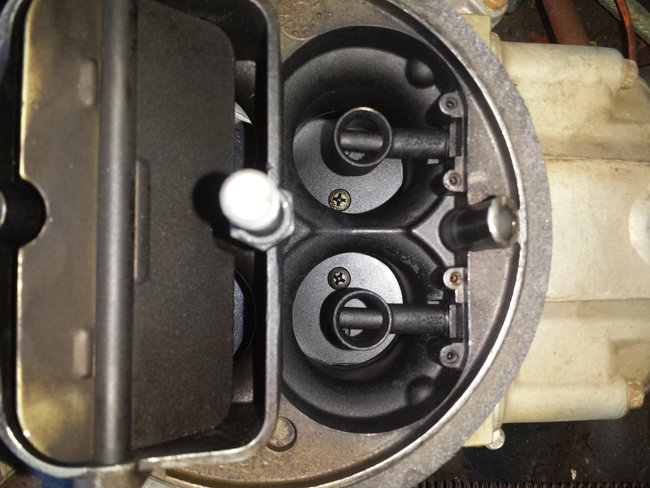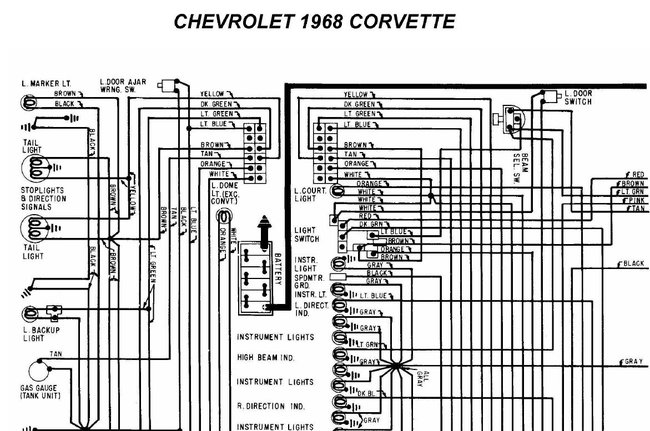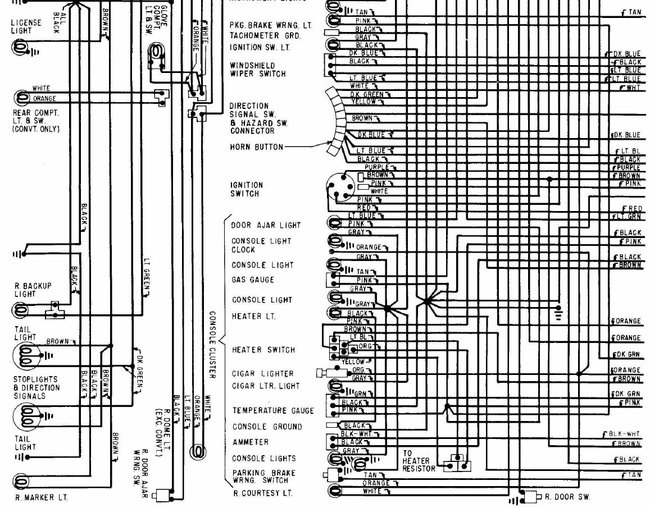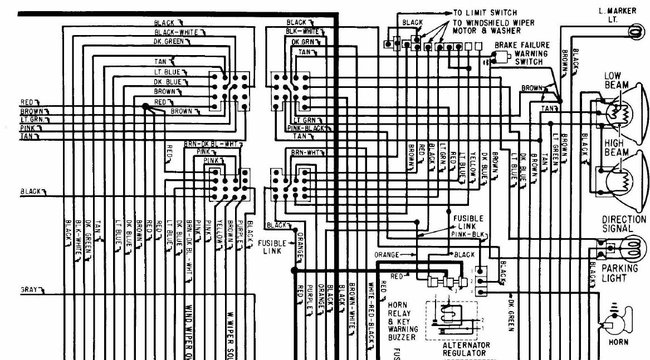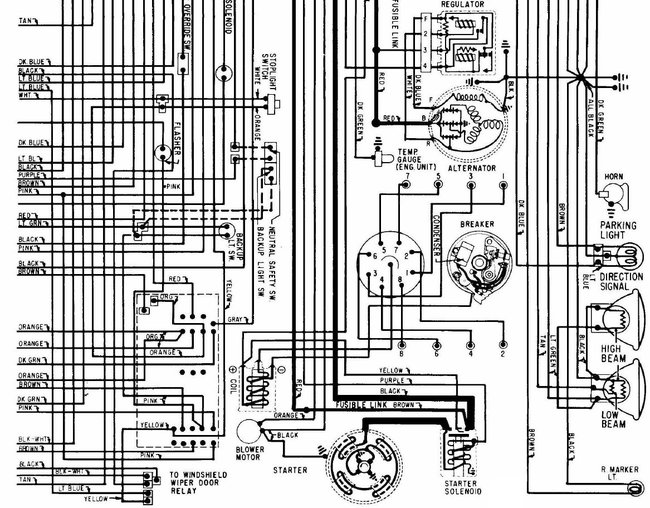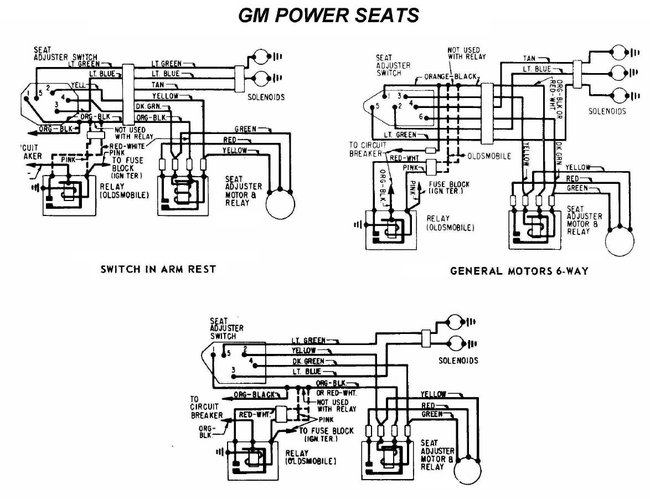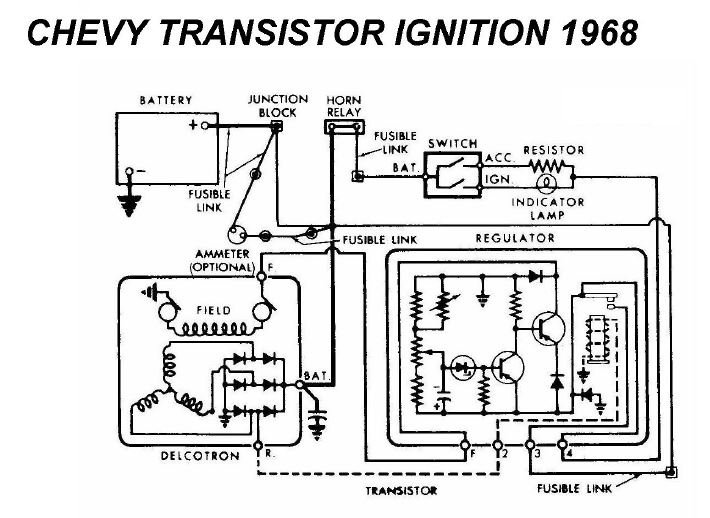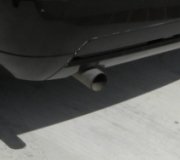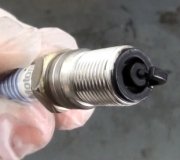I was told that I could skip the RTV on the engine side of the valve covers which makes it a lot nicer to be able to go back in if needed.
The spring tester for the valves was a bit too expensive for my tastes and so I thought this solution made some sense. I torqued them down to 70in/lbs as per the instructions that came with the covers.
I'd like to work through the rest of the list before the only thing left would be to RTV the valve covers. I also had to move the PCV to the other cover because of interference. I noted that it no longer seats completely. Maybe 1/2 way. I had to buy a push in filter which looks like a little lamp shade. Kind of looks ridiculous but it was all that would fit and was the right color. With all this air flow pushing out I wouldn't think being all that tight around the seals other than to not leak would cause much of a problem yet somewhere I read that having loose covers can cause it to misfire.
I also have 1/2 tank of gas that's been in there since last year of course it's got ethanol so water shouldn't be a huge issue other than watering it down so it doesn't ignite.
I did check the wires to the plugs to make sure they were seated. They all seem to be but whoever made the wires didn't always measure the best so some are taught.
I was having some backfiring issues after they upgraded my environmental controls (EC). They just seemed to go away although I was never happy with that answer or explanation. The only thing I could rationalize was that I had been buying ethanol free gas and the place I was buying it from had just got a new supplier coming up further from the south. The south likes to be a bit lax on regulations so who knows what they might have created and I put in my car but I haven't been back since and I had moved passed the misfires to just dieseling when I tried to shut it off. To be clear the dieseling also came after the replacement of the EC.
I also had a heat event after the EC was upgraded and before that my radiator had become a sieve and had to be replaced. I went from a 4 row b&c to a 2 row aluminum but the fan is a mere 16" and because the shroud is exacting and no more than 1" from the radiator and not more than 1.4" beyond the blades I'm wondering how much air is coming through vs my old mechanical setup where there was a shroud but it was loose on the fan side and it was more like a funnel than a wall. I think the older setup would tend to pull more air through from all corners of the radiator where the new electric fan would look to draw just from the center. The A/C condenser fan covers a large part of the front of the car. Where the older A/C condenser fan was off to the side and had room to blow through the more open shroud. The way it is now I would suspect the A/C condenser fan just hits the front of the new flat shroud and causes trouble with the main airflow.
Anyway when I brought the car home it was running awfully weird it was under full power output in a thunderstorm at night with the A/C defrosting my windows, lights on, etc and it was shutting down every time I stopped. Dieseling and misfiring if it wasn't mostly highway I probably would have called for a tow.
The only thing that the installer fessed up to was a loose wire on the fan controller and to read their review my whole car should be reworked from the ground up.
I certainly couldn't trust them anymore. When I had the chance to start looking through things the first things I did was checked the fans as they seemed to be running inversely. The condenser fan was running when the main should have been and vice-versa. When I disconnect the condenser fan I found out it was shorted across the relay from the power side to the control side and once I disconnected that the car was suddenly feeling much better. I still had the dieseling and had to be careful with overheating and some misfires but they weren't nearly as frequent as they are now. My car ran fine up until the radiator and EC replacements which were literally a few weeks apart. I wouldn't normally do things so close together especially such major systems but that's the way it came down and I didn't have much choice.
I'd like to know what order I should check things out for a carbureted car. As far as these misfires they're pretty strong so not something I want to allow to continue.
Maybe first is just getting some new gas added in to see if that's a problem?
If you feel strongly that I need to RTV the valve cover to the engine than I'll do that. There would be some logic too that maybe I just don't want there to be? Of course if the engine could run long enough I would know if I had oil leaks. The PCV is like a check valve to let pressure out and that pressure is vented into the base of the carb for what purpose? The other side just has a baby air filter no check valve so air conceivable could go in both directions. But if the whole point of the push in air filter is to let pressure out why the PCV on the other side? Shouldn't both sides go through a PCV?
The misfires are intermittent. When I sit they seem worse then when I'm moving I have no answer for that. But I have a parking lot behind my home and I drove it down around the center to turn the car around and movement did seem to help although not a clue why. They come ever 1 - 3 seconds when I'm sitting and when I'm moving I have periods maybe 8 seconds with nothing. I didn't actually time it but it was noticeable.
Friday, September 18th, 2020 AT 4:24 PM
